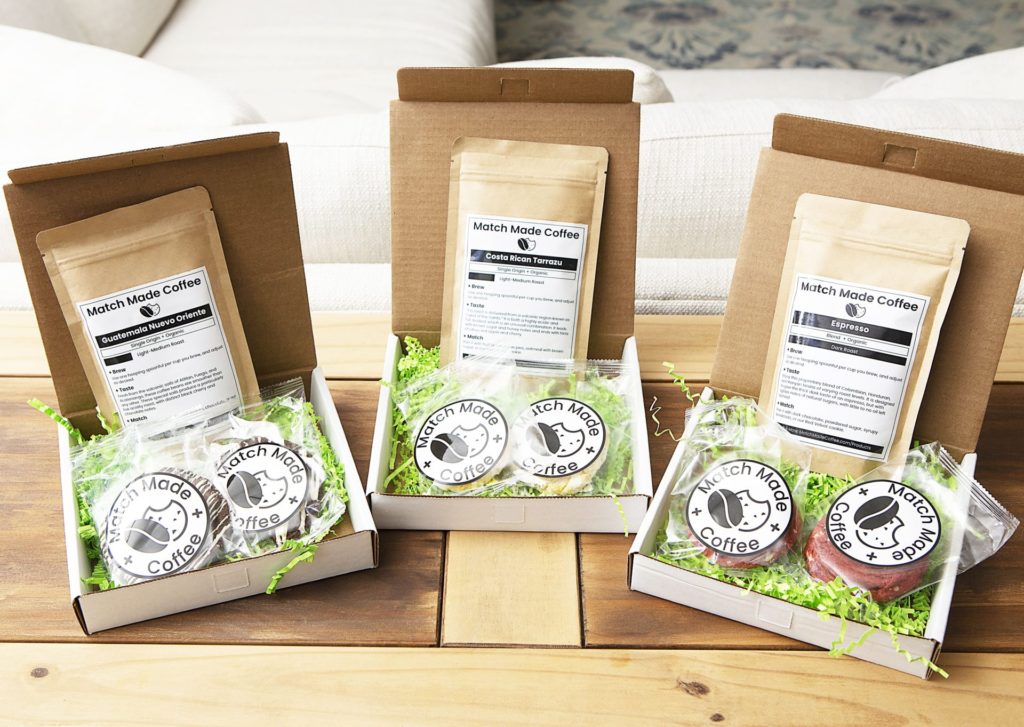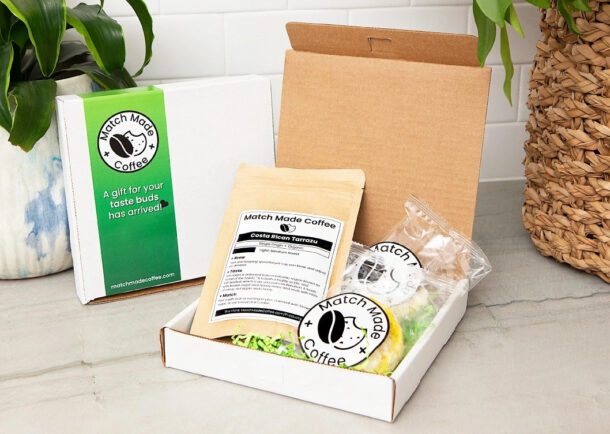Where a coffee plant grows makes a huge difference. And we do not just mean where in the world. Perhaps we should be asking “Where on the mountain?” instead. Where the coffee bean grows matters. Coffee bean elevation changes flavor, and it changes it for the better.
We have already covered everything from brew method, to water, to how the beans are processed themselves. That is not even mentioning where the beans were grown, the different bean varietals, how you grind the beans, or many other things that we discuss on our Facebook page.
Sometimes when buying new and interesting coffees I would notice how it would describe the coffee bean elevation oftentimes. I just figured they were being thorough and painting a picture- I did not realize that it actually changes the quality of the bean.
You could have the same bean varietal from the same year, put through the same brewing method, and if their elevations are different, the cup will turn out differently.
That blew my mind.
As a general rule of thumb, the higher the plant that grew the coffee beans, the better and more complex the flavor.
The reason for this is essentially that the beans grow a lot more slowly at higher elevations and become a lot denser as a result of this means of growing. This density and additional time adds all sorts of flavor complexities.

Coffee bean elevation shows drastic flavor changes
Now, that is not to say that the lower elevations and their earthy flavors are not good. They will just be more acidic and the flavor will not punch you in the mouth the same way.

And it turns out that you can tell the approximate elevation of where a coffee bean grew, through a couple quick methods.
First, of course, we mentioned density. If you are used to buying coffee by the pound, then you may think you are being ripped off if you have a bunch of high elevation, light roasted coffee beans.
Don’t worry- you’re not.
That is just an unfortunate side effect for how coffee bean elevation changes flavor. You are making a sacrifice there for the additional mouth-watering tastes to come.
Second, as reported by The Perfect Daily Grind, coffee beans have a line-like opening called a fissure. If the fissure is mostly closed, or has a zig-zaggy type of connection, then it is from a higher elevation.

The fissure is that middle meeting point. They could be more wide open than this, or completely closed up.
And thirdly, by the color. Although we refer to raw, unroasted coffee beans as green coffee beans, their colors do vary quite a bit. You can get everything from light green, to dark, to jade, to bluish hues in your “green coffee.”
The coloration is largely between Arabica and Robusta beans, as Arabica tends to be the more flavorful varietal with more popping colors, as compared to Robusta beans. Arabica beans tend to be more flavorful and are the only ones that grow at higher elevations.
If the coffee that you purchase does not tell you the exact specification, you can at least now make educated guesses as to the coffee bean elevation and how it changes the flavoring.
Does it mention Arabica or Robusta? What is the coloration and fissure line looking like? Do the flavors mentioned describe Earthier flavors, or chocolate, citrus, floral, or spicy? Great. You’re now a pro when it comes to know how coffee bean elevation changes flavor
Are you guys going to start seeking out higher elevation coffee beans like me? Would you like us to list elevation in our tasting notes with our subscription service? Let us know!






